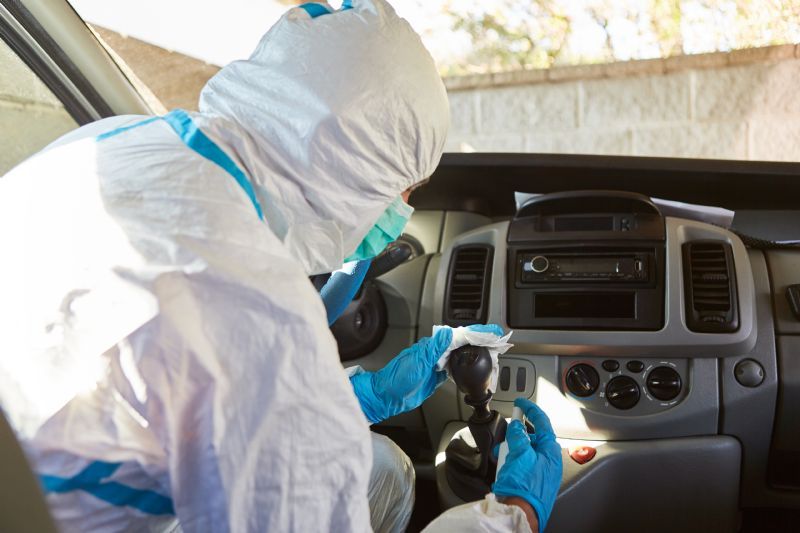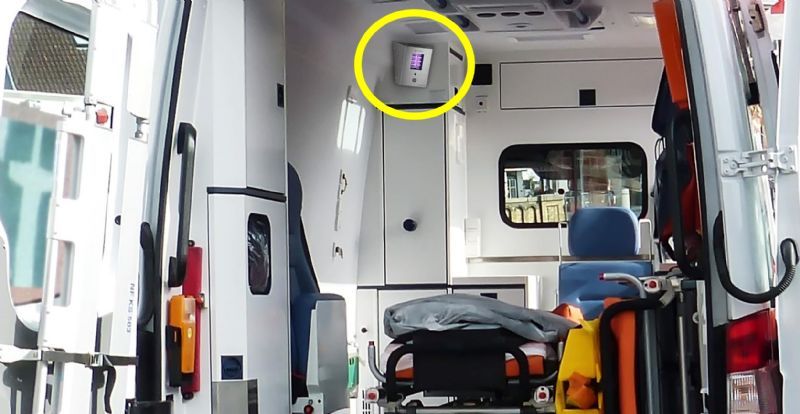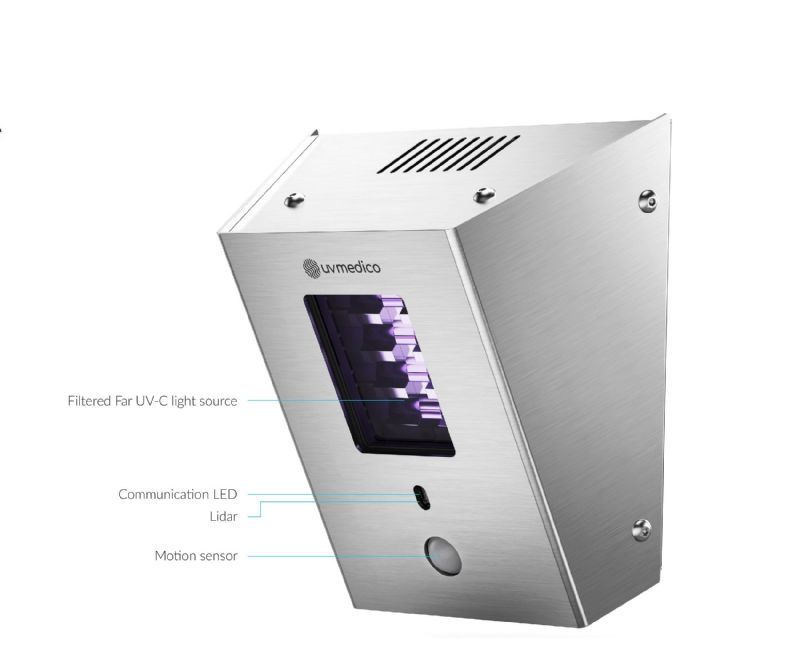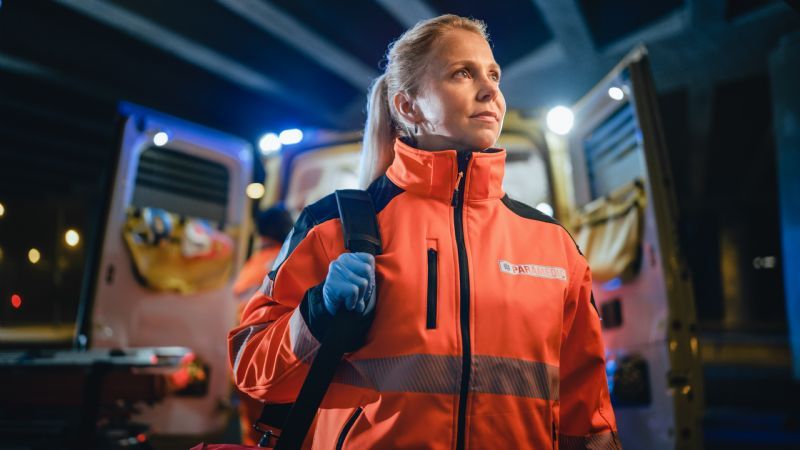 Written by Rod W. Lekey, RN, DCS
Written by Rod W. Lekey, RN, DCS
As the world continues to grapple with the COVID-19 pandemic, healthcare professionals are taking unprecedented steps to prevent the spread of infectious diseases. Ambulance services in particular, are at the forefront of this effort as they transport patients from one location to another. However, the confined spaces of ambulances can be breeding grounds for bacteria and viruses, posing a significant risk to both patients and medical staff. To mitigate this risk, ambulance services are turning to a new tool in their cleaning arsenal: UV-C light disinfection devices. In this article, we will explore the reasons why ambulances are adding UV light disinfection, how it works, our favorite UV-C device for ambulances, and why you are missing out if you aren’t incorporating this tech.
--------------------------------------------------------------------
--------------------------------------------------------------------
The importance of ambulance disinfection cannot be overstated. Ambulances transport patients who are sick or injured, and they often come into contact with bodily fluids and other potentially infectious materials. If an ambulance is not properly disinfected, it can create an environment conducive to the growth and spread of bacteria and viruses, which can then spread to other patients, healthcare workers, and even the general public.
Traditional disinfection methods, such as chemical sprays and wipes, can be effective at killing pathogens, but they are not perfect. Some pathogens may be resistant to certain chemicals, making it difficult to achieve complete disinfection. Furthermore, people can be unsuccessful at completely disinfecting an area when cleaning due to human error, improper technique, lack of visibility, or inadequate cleaning tools. As a result, there is a growing need for more advanced disinfection technologies that can provide better protection against infectious diseases.

Ultraviolet (UV) light disinfection has gained widespread attention in recent years as a powerful tool in the fight against infectious diseases. Among the different types of UV light, UV-C light has shown particular promise as an effective method of disinfection. It works by damaging the genetic material of bacteria and viruses, rendering them unable to reproduce and infect. Far UV-C light has been used for decades in various applications, including hospitals, public transportation, food processing plants, and water treatment facilities.
UV-C light with a wavelength of 222 nanometers (nm) is generally considered safe for humans because it is unable to penetrate the outermost layer of the skin or the eye's cornea. 222 nm UV-C light can be used around humans in occupied spaces.


EMS professionals operate in a high-risk industry, where they face dangers such as emergency driving, physical assaults, and lifting patients on a daily basis. However, there are also hidden risks that they must contend with. One such hazard is exposure to invisible superbugs like MRSA, which often go unnoticed and can result in prolonged hospital stays, amputations, and severe damage to internal organs.
Besides the health implications, employee infections also result in financial costs that affect the productivity and staffing of EMS agencies and healthcare providers. The average compensation claim for an infected worker costs up to $20,000, which is a significant financial burden. To address this issue, EMS agencies can opt for UV-C light disinfection devices, a technology that emits human-safe UV-C light to disinfect surfaces and the air. Sounds pricey, right? Well, the cost to equip an EMS vehicle with this tech is under $3,000.
.jpg)
The future of ambulance disinfection using UV-C light disinfection appears promising, with ongoing research and development focused on improving and expanding the use of this technology. As the need for effective disinfection methods continues to grow, advancements in UV-C light sources and delivery systems are being developed to increase efficiency and safety. For example, autonomous UV-C light disinfection robots, like the Lytbot, are being developed and tested for use in healthcare settings. As awareness of the benefits of UV-C light disinfection continues to grow, it is likely that its use in ambulance disinfection and other healthcare settings will become increasingly common.

UV light disinfection has been used in healthcare for over a decade. It is an effective way to disinfect certain surfaces and kill certain pathogens such as bacteria, viruses, fungi, and mold.
Many hospitals and emergency services have already upgraded their disinfection systems to include UV light. While these lights are not intended to replace standard cleaning procedures, they are a valuable addition to keeping staff, patients, and communities as safe as possible. With the ongoing threat of infectious diseases, it is likely that the use of UV light disinfection technology will continue to expand in the ambulance industry and beyond.
The UV222 UV-C Vehicle Cleaning System by Med Solutions is our favorite UV-C Disinfection Light for ambulances. This light is specifically designed to be installed inside of ambulances, and its specific wavelength ensures that it’s safe for humans to be around.

Rod is a registered nurse with previous clinical experience as an EMT-B, hospice provider, and emergency room nurse. He now works as an operating room nurse at a Level I Trauma Center and research hospital, where sanitization and environmental control are absolutely crucial to positive patient outcomes. He spent over 30 years in the military and aerospace industry and holds a doctorate in computer science. He is fascinated with exponential technologies and passionate about their impact on society and culture, with interests in improving healthspan, espousing positive aging, practicing holistic wellness, and increasing functional fitness.